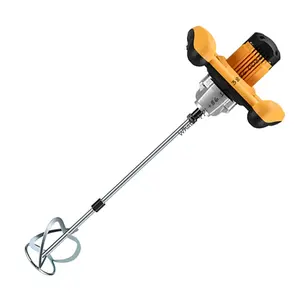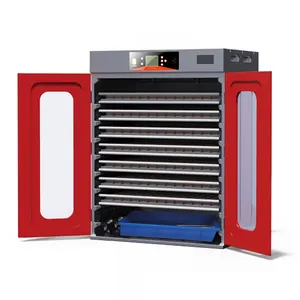Popular in your industry







































































Related Searches:

























































































































Top categories
About second hand printer machine
Used printing machines are devices that are utilized for reproducing text and images on paper or other materials. The process of printing involves transferring the inked image from a plate, cylinder, or other image carriers to the receiving surface, which is typically paper. The printing industry has evolved significantly over the years, incorporating advanced technologies to enhance efficiency and quality. Printing machines are used in various applications, including commercial printing, packaging, textile printing, and more.
Types of used printing machines
Printing technologies have expanded to include a variety of printing machines, each suited for specific applications. Offset printing, also known as lithography, is a common technique that involves transferring ink from a plate to a rubber blanket and then to the printing surface. Digital printing directly prints the digital files onto the paper, eliminating the need for plates. Flexography utilizes flexible relief plates and is commonly used in packaging. Additionally, gravure printing employs engraved cylinders for high-quality, long-run printing, while screen printing involves using a mesh screen to transfer ink onto the substrate. These various types of printing machines cater to different requirements in the printing industry.
Advantages of used printing machines
Used printing machines offer several advantages, making them a cost-effective and efficient choice for businesses. Their affordability provides an entry point for small businesses to venture into printing without incurring high initial costs. Additionally, used machines allow businesses to explore different printing technologies and assess their suitability before investing in new equipment. The availability of used printing machines enables businesses to expand their printing capabilities at a lower cost, contributing to increased competitiveness. Moreover, these machines often come with training and support, facilitating a smooth transition for operators. The sustainability aspect of reusing and repurposing existing equipment aligns with eco-friendly practices and reduces the environmental impact of the printing industry.
Factors to consider when choosing a second-hand printing machine
When choosing a second-hand printing machine, several factors should be taken into consideration to ensure that the machine meets the specific requirements of the printing operation. The type of printing machine should align with the nature of the printing projects. For instance, businesses focusing on short-run projects may opt for digital printing machines, while those with a focus on high-volume, high-quality printing may consider used offset printing machines. Assessing the condition of the machine is crucial, and potential buyers should conduct a thorough inspection or request a demonstration to evaluate its performance. Understanding the machine's maintenance history and any previous repairs can provide insights into its reliability. The compatibility of the machine with existing workflow and its ability to integrate with other equipment should also be evaluated.
Moreover, considering the availability of spare parts and ongoing technical support is essential for the long-term maintenance of the machine. Buyers should also inquire about the machine's age and the reason for its sale to gain a better understanding of its history. Additionally, exploring the reputation of the seller and their credibility in the used printing machine market can help assess the reliability of the purchase. By carefully evaluating these factors, businesses can make informed decisions when selecting a second-hand printing machine that aligns with their operational needs and budget constraints.



















































